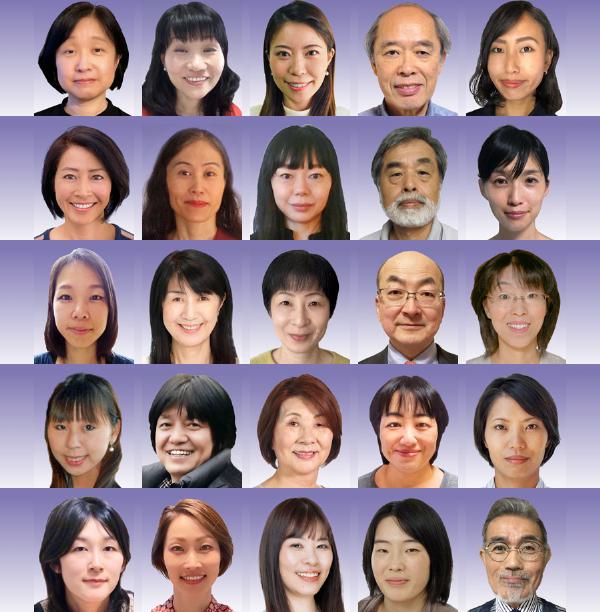|
?
|
|
||||||||||||||
JLPT N4 Grammar -te Form (Basic Japanese)
Learn Japanese Online with Free Quizzes—New Quizzes Every Day!
Here's a free beginner Japanese quiz from the expert teachers at Nihongo-Pro. New quizzes are available every day at several skill levels. Take the Nihongo-Pro quiz challenge every day, from your PC, Mac, smartphone, iPad, iPod, or tablet, and learn Japanese online for free!
As you learn Japanese, keep practicing the -te form, so you can take any Japanese verb and give its -te form with any hesitation. By spending just a few minutes every day learning Japanese, your language skill will improve quickly. Stick with it, and you will be amazed at how much Japanese you learn!
In this free Nihongo quiz, be careful about jidōshi (intransitive verbs) and tadōshi (transitive verbs). An intransitive verb has no object‐for example, "The door opened". A transitive verb always has an object—for example, "I opened the door".
As these examples show, in English, the intransitive and transitive verbs are often the same, but not so in Japanese! Most of the time, the Japanese intransitive and transitive verbs will be different words. (We won't say the two verbs for "open", because that would give away one of the quiz questions!)
If you want to learn Japanese online, an option to consider is online private lessons. At Nihongo-Pro, our professional teachers will guide you in private lessons customized just for you, focused on your Japanese learning goal. With great teachers, great lessons, and a great online Japanese classroom, you can't go wrong with lessons at Nihongo-Pro.
We hope to see you in an online class one day! Until then, we wish you the best of luck and all the success on the JLPT N4 and in all of your Japanese studies.
| Choose an answer, and we'll tell you if it's right. | |
| Eliminate two incorrect choices from a question. | |
| Ask Kitsune-kun, a fox who usually knows the right answer. |
| This lifeline will eliminate two incorrect answer choices from this question. |
| Ask Kitsune-kun. He usually knows the answer, but sometimes doesn't like to tell. |
| Choose one of the answers below, and we'll tell you if that answer is right. |






